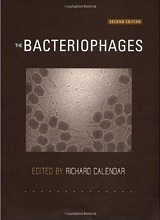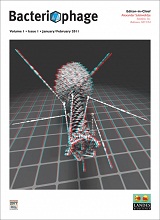

Measure of rate of exponential decay, especially of radioactive isotopes.
The half life of a radioactive isotopes is the time it takes for half of the isotopes to radioactively decay. The longer this takes then the greater the half life and therefore the more stable the isotopes.
Rates of spontaneous radioactive dacay are fundamental characteristics of isotopes such that they occur independently of environmental variation. As a consequence, half lives can and are employed in the absolute dating of fossils and other geological features.
The half life of 14C, pronounced, "carbon 14", is 5,730 years. As a consequence, relatively recent remains can be dated using radiocarbon dating, up to approximately 60,000 years old. Note that it is only formerly living material that can be dated via carbon dating since the technique is based upon ratios of 14C to 12C at the point of organism death in combination with how that ratio changes over time as a consequence of the radioactive dacay of 14C (along with lack of decay by 12C).
The half life of 40K, pronounced, "potassium 40", is over one-billion years (109). As a consequence, very old samples can be dated using potassium-argon dating, with an upper limit well beyond the age of planet Earth. Alternatively, materials that are younger than 100,000 years old are not readily dated using this technique. In addition, potassium-argon dating requires that the clocks be set, literally via the purging of argon gas from rocks via melting, which is a phenomenon associated particularly with volcanic processes. As volcanic ash tends to widely disseminate, it is typically layers of volcanic ash that are subject to potassium-argon dating.
For more on this topic, see Wikipedia and Google. Contact web master. Return to home.











